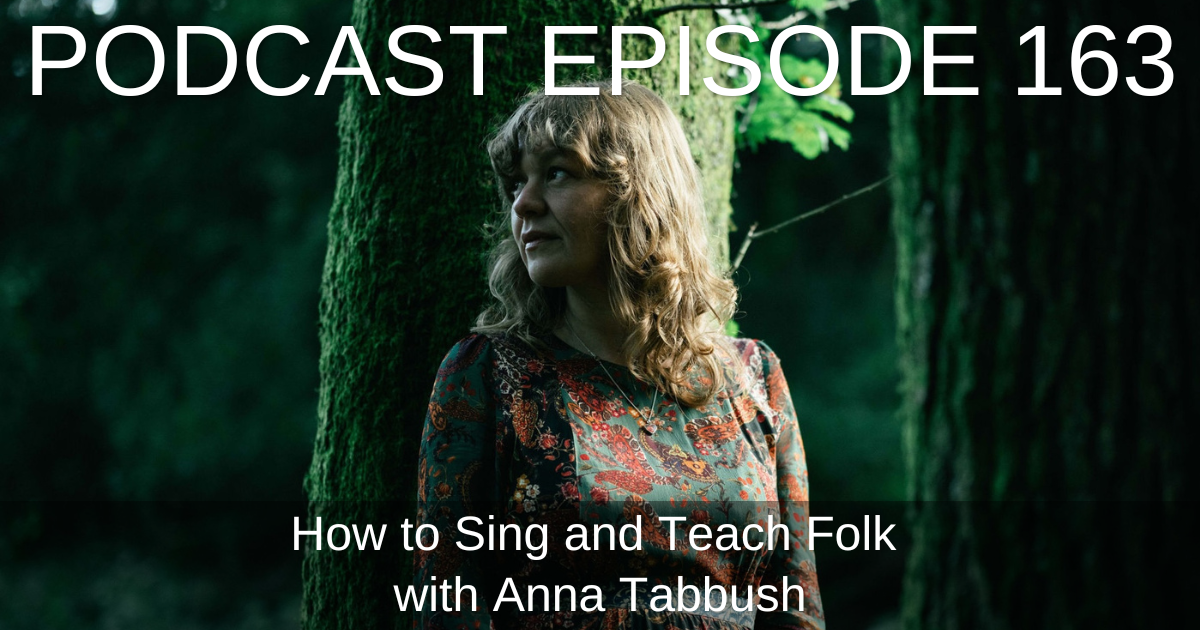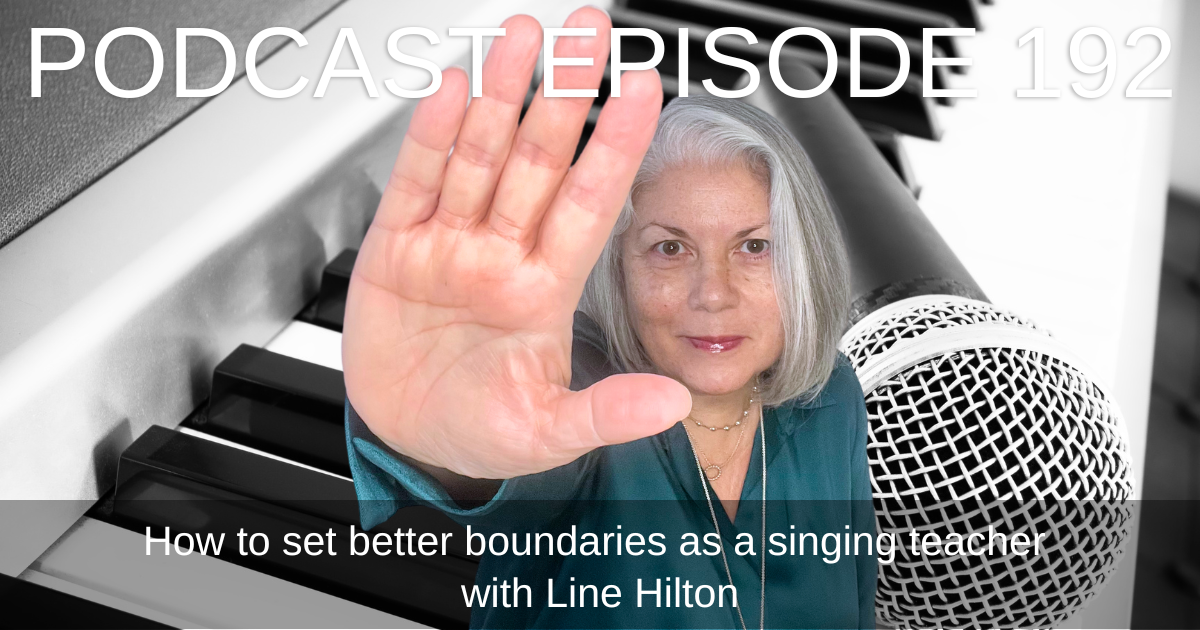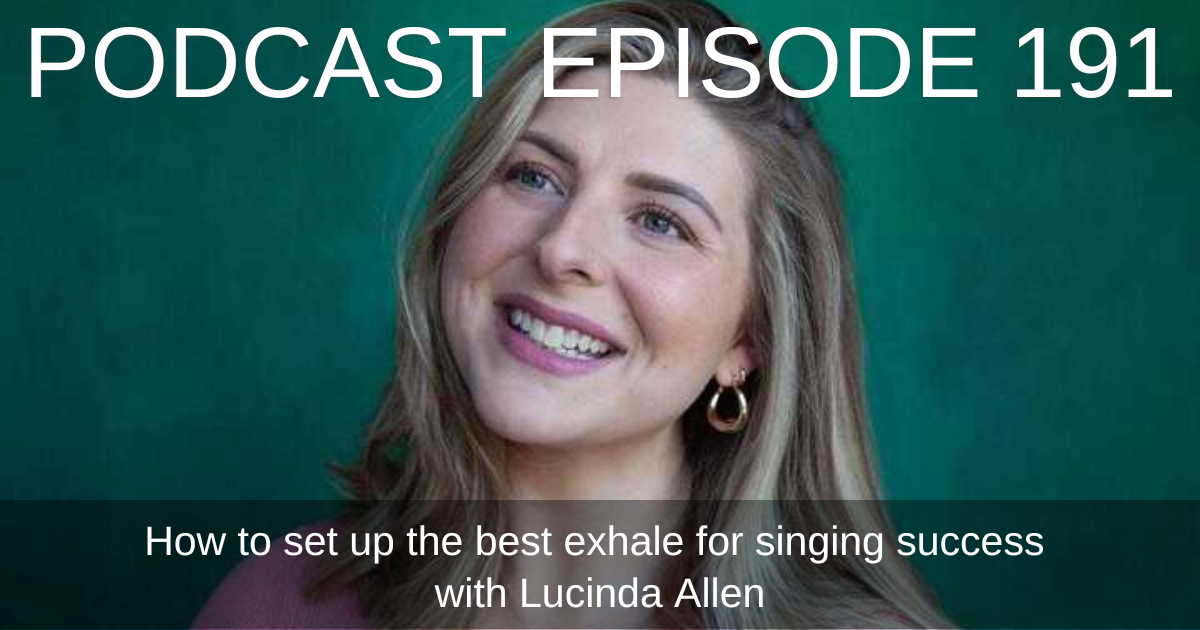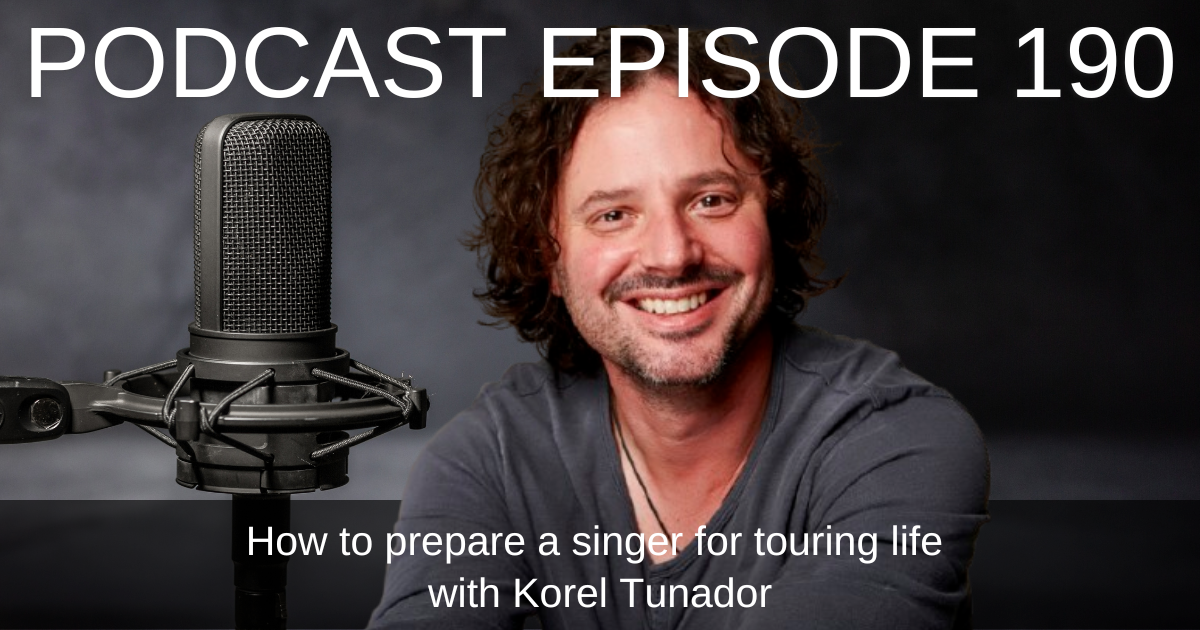Folk singer and teacher, Anna Tabbush joins Alexa to share insights into the world of folk music, its historical context, lyrical content, vocal techniques, and teaching methods. The pair discuss the origins of folk music, its storytelling function, and the distinction between folk and pop music. Anna also explores vocal qualities, rhythmic elements, and the influence of folk music on other genres. She provides valuable advice for singers and teachers, emphasising the importance of authentic storytelling and vocal health.
KEY TAKEAWAYS
- Anna describes folk music as a universal phenomenon present in every culture, serving to communicate stories, feelings, and celebrations, and to encourage dancing. It often includes work songs, like sea shanties. In England and the British Isles, folk music has a rich storytelling history. Anna notes that folk songs frequently address timeless, relatable themes, such as a mother’s frustration in “Bonnie at Mourn.”
- Folk songs differ from pop songs based on structure, rhythm, melody, instrumentation, vocal quality, lyrical content, and rhythmic flexibility. Folk songs typically have simpler forms and focus on storytelling with vocals that can be sung a cappella. They use treble-heavy instruments like fiddles and accordions. Pop songs have more complex structures, catchier melodies, broader instrumentation, and grounded rhythms. Folk music emphasises natural speech patterns and deep narratives.
- Anna advises singers to approach folk music authentically by focusing on key aspects: Relaxation and Authenticity, where singers relax the body and find their unique voice by letting go of tension; Connection to the Story, immersing in the song’s narrative to convey it effectively; Vocal Health and Technique, understanding vocal health for safe, comfortable singing; Community and Practice, joining choirs or open mics to build confidence and explore styles; Exploration and Imitation, learning from other singers for inspiration; Dynamic Range and Expression, choosing songs that suit one’s voice and using dynamics to maintain interest; and Movement and Expression, using gestures and movement to stay relaxed and tell the story.
BEST MOMENTS
“Folk music is rooted in storytelling and serves as a means of communication, celebration, and social change.”
“Authentic folk singing involves relaxed vocal techniques, storytelling through song delivery, and a focus on the song rather than the singer.”
“Teaching folk music requires an understanding of vocal health, relaxation, and the importance of finding one’s authentic voice.”
EPISODE RESOURCES
Guest Website:
Social Media:
- @anna_tabbush
Relevant Links & Mentions:
- Artists/songs/shows mentioned: Ben & Dom; Jackie Oates; Carolyn Robson; Sandy Denny; Phoebe Bridgers; Joni Mitchell; Bob Dylan; Taylor Swift; Sea shanties; What Should We Do With a Drunken Sailor; Bonny at Morn; Harbour; Hadestown; Once the Musical
- Singing for Musicals by Millie Taylor
- Chris Johnson Vocal Coach: Chris Johnson Vocal Coach
- Teach Voice: Teach Voice
ABOUT THE GUEST
Anna Tabbush is a composer, choir conductor, singer, and multi-instrumentalist based in West Sussex, renowned for her socially conscious songwriting. Her 2020 song “Harbour” supports refugees and has been sung worldwide. Active on the folk scene for over twenty years, Anna performs as a singer-songwriter and with the a cappella quartet Oaken. She teaches singing techniques that relax the body and highlight individual voices, empowering everyone to sing to their full potential.






